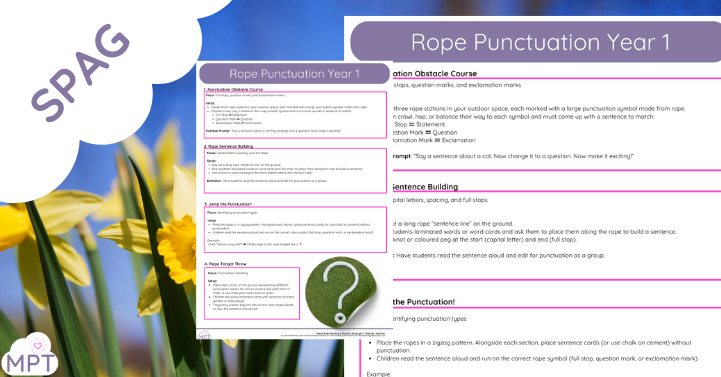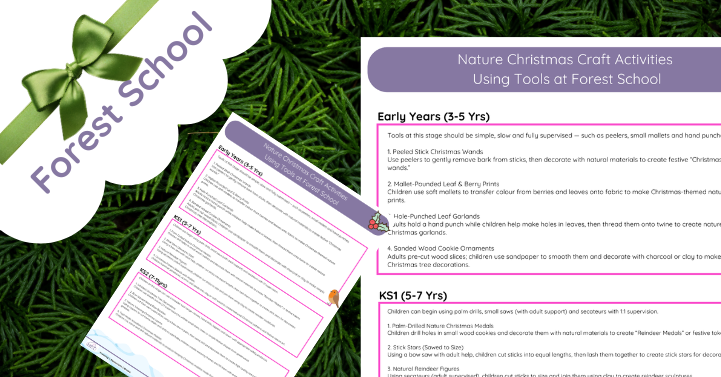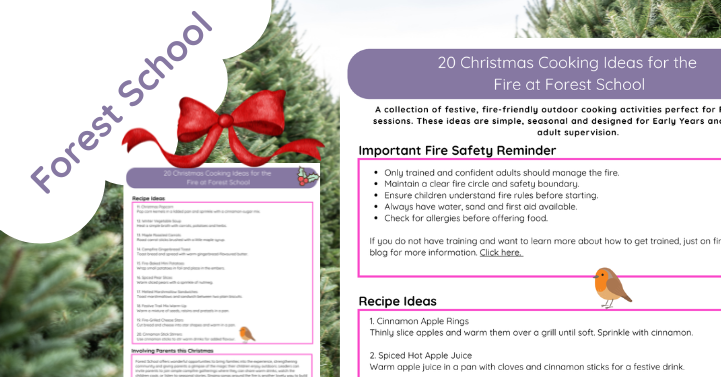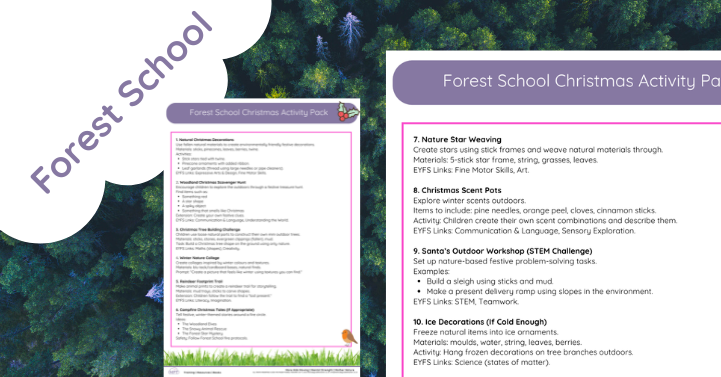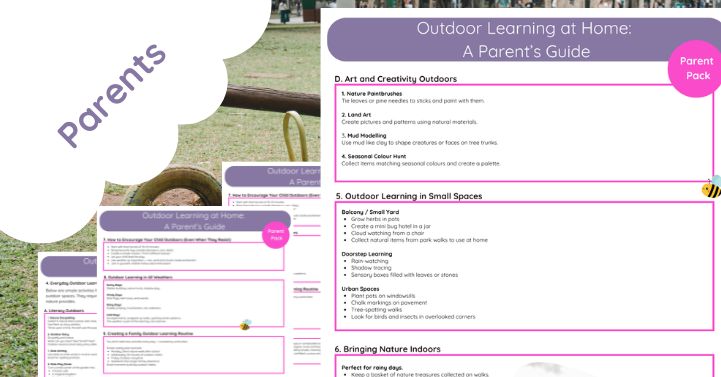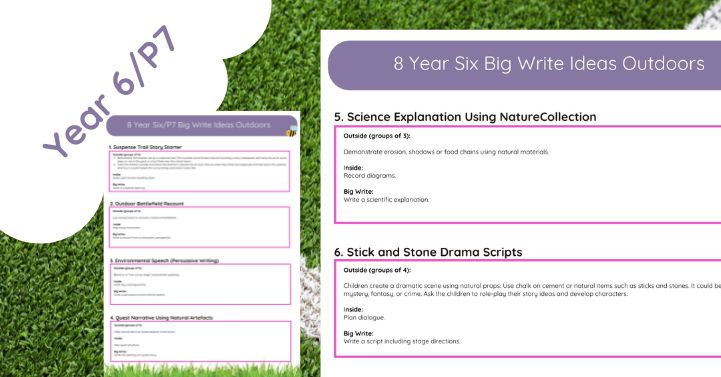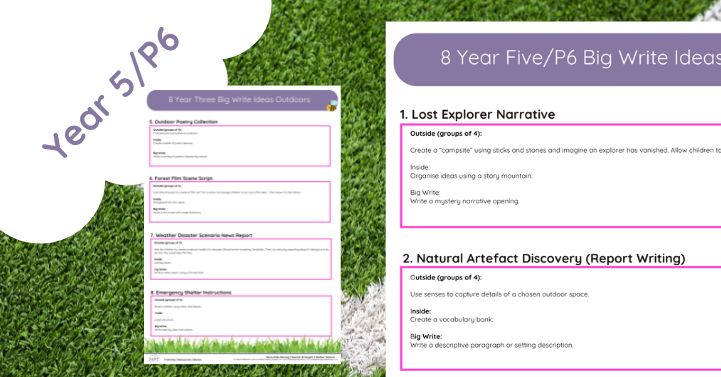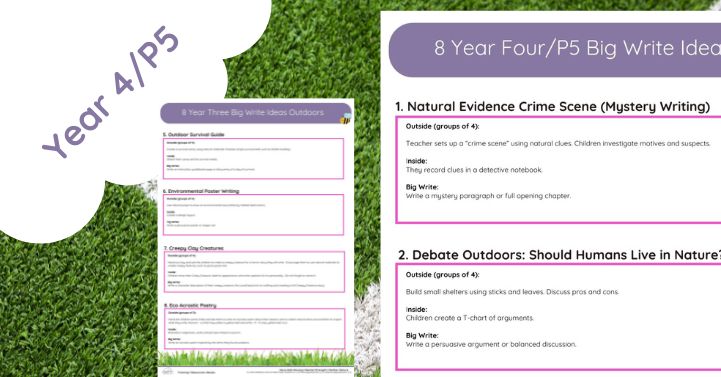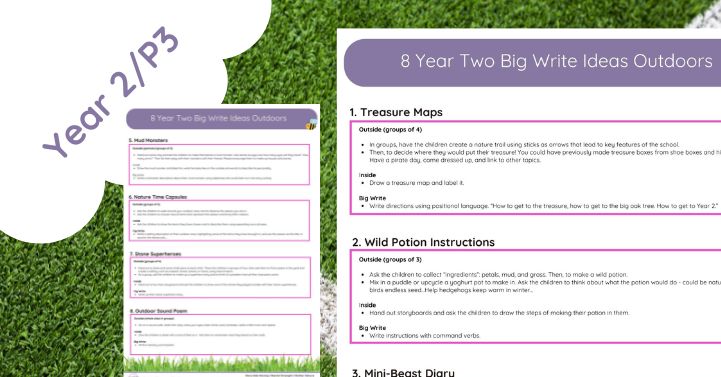Year 1 Punctuation Power Pack
Make punctuation pop with fun, hands-on learning!
Bring the basics of punctuation to life with this vibrant, child-friendly resource designed especially for Year 1 learners. Packed with interactive activities, visual aids, and outdoor learning ideas, the Year 1 Punctuation Power Pack helps children master capital letters, full stops, question marks, and exclamation marks in a way that sticks.
Whether you’re teaching in the classroom or taking learning outside, this pack includes:
-
✨ Sentence-building cards to mix, match, and punctuate
-
❓ Rope-based punctuation stations for kinaesthetic learners
-
📖 Mini story prompts for adding missing punctuation
-
🎲 Games and flashcards for quick-fire practice and assessment
-
🎨 Creative writing activities with visual punctuation cues
Perfect for teachers, teaching assistants, home educators, and Forest School leaders, this resource supports National Curriculum SPaG objectives in an imaginative, active, and memorable way.
Let your little learners jump into punctuation with joy!
📦 Recommended for ages 5–6 | Aligned with KS1 English curriculum
Teaching Year 1 Punctuation Through Outdoor Learning: Fun, Fresh & Curriculum-Aligned
Meta Description: Discover how to teach Year 1 punctuation outdoors through engaging, active learning activities. Includes SEO-friendly resources, creative ideas, and curriculum links.
Introduction
Teaching punctuation in Year 1 can be exciting, hands-on, and memorable—especially when you take it outside! At this stage, children are learning the essentials: capital letters, full stops, question marks, and exclamation marks. Integrating outdoor learning makes these concepts stick and supports wider child development through movement, play, and exploration.
Why Teach Punctuation Outdoors?
Outdoor learning isn’t just about fresh air. According to The Muddy Puddle Teacher, children learn more effectively when they engage with nature, move their bodies, and connect concepts to real-life settings. Outdoor punctuation lessons:
- Increase engagement and enjoyment
- Strengthen retention through physical activity
- Encourage language-rich environments
- Align with the KS1 English National Curriculum
5 Outdoor Learning Activities to Teach Year 1 Punctuation
1. Punctuation Obstacle Course Set up rope shapes for a full stop, question mark, and exclamation mark. Children crawl or jump to each one and say a matching sentence aloud.
- Example: “The cat is sleeping.” ➝ Full stop
- Where is the cat? ➝ Question mark
2. Rope Sentence Builder Lay out a rope line and give children word cards. Have them place the words in order to create a sentence. Use a knot for a capital letter and a clip for a full stop.
3. Jump the Punctuation! Create sentence cards without punctuation. Lay rope punctuation symbols around the play area. Children jump on the correct symbol after reading a sentence.
4. Punctuation Treasure Hunt Hide punctuation marks around the playground. Children find a symbol, then write or say a sentence that ends with it.
5. Chalk & Talk Sentences Write sentence starters on the pavement or playground with chalk. Kids complete them and add the correct punctuation at the end.
Curriculum Connection
These activities support objectives from the Year 1 English National Curriculum, including:
- Writing sentences by composing and sequencing
- Using capital letters and full stops
- Beginning to use question marks and exclamation marks
- Joining words and clauses with ‘and’
Helpful Resources
- BBC Bitesize – Punctuation: Clear animations for visual learners.
- The Muddy Puddle Teacher: Explore their forest-school-style punctuation lessons and CPD training.
- Internal Link: Check out our Top 100 Outdoor Learning Activities for more cross-curricular fun!


